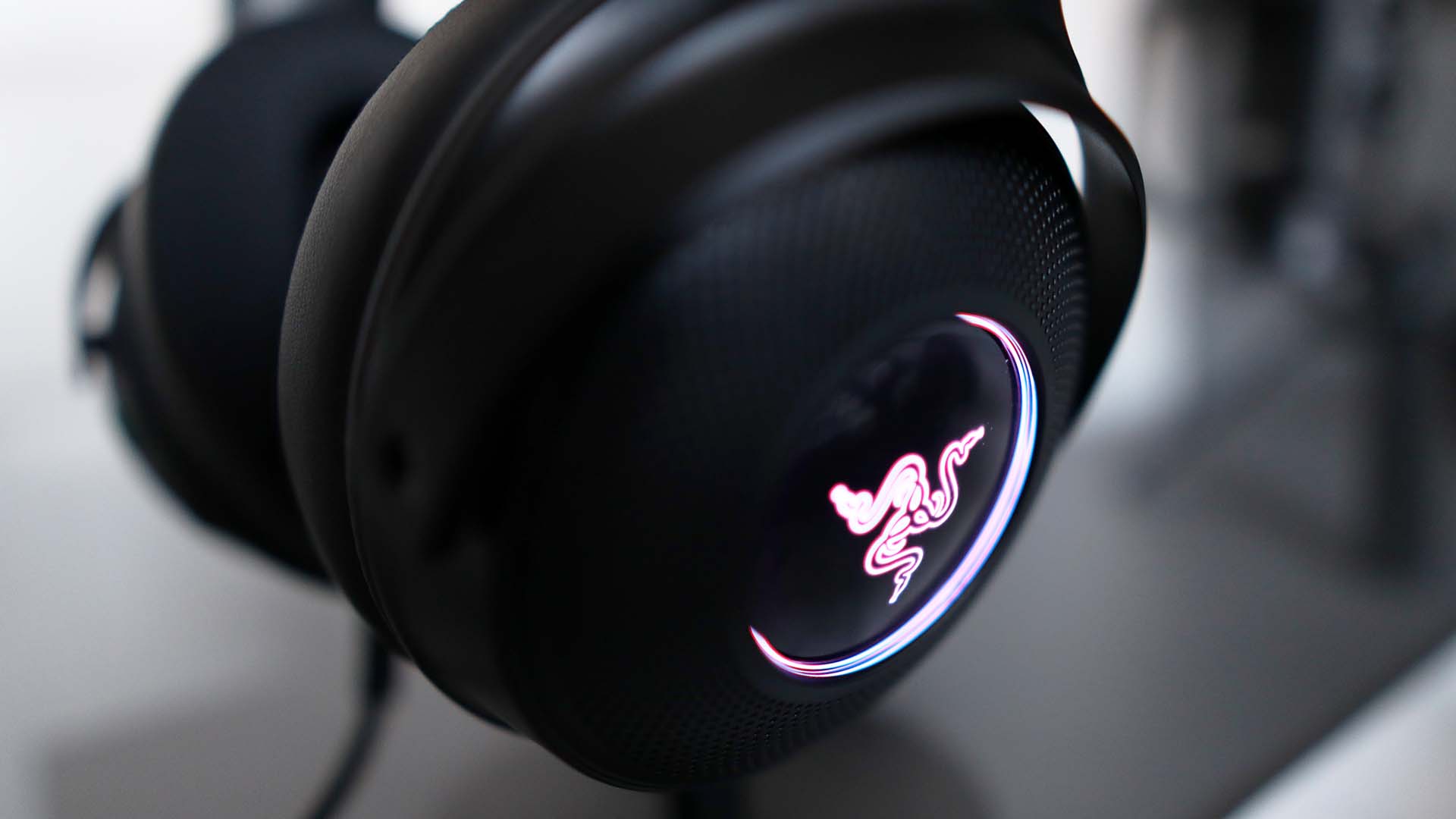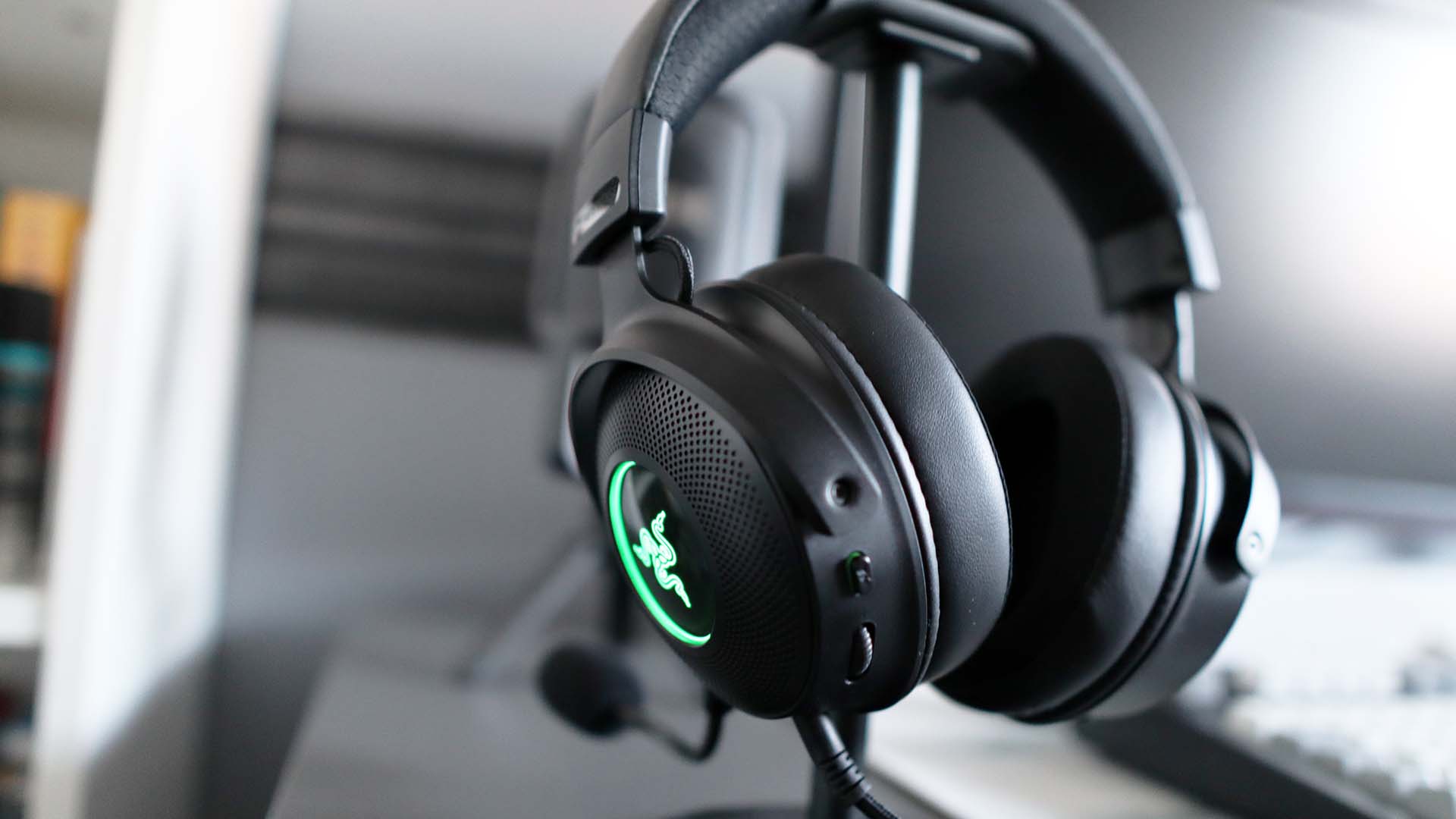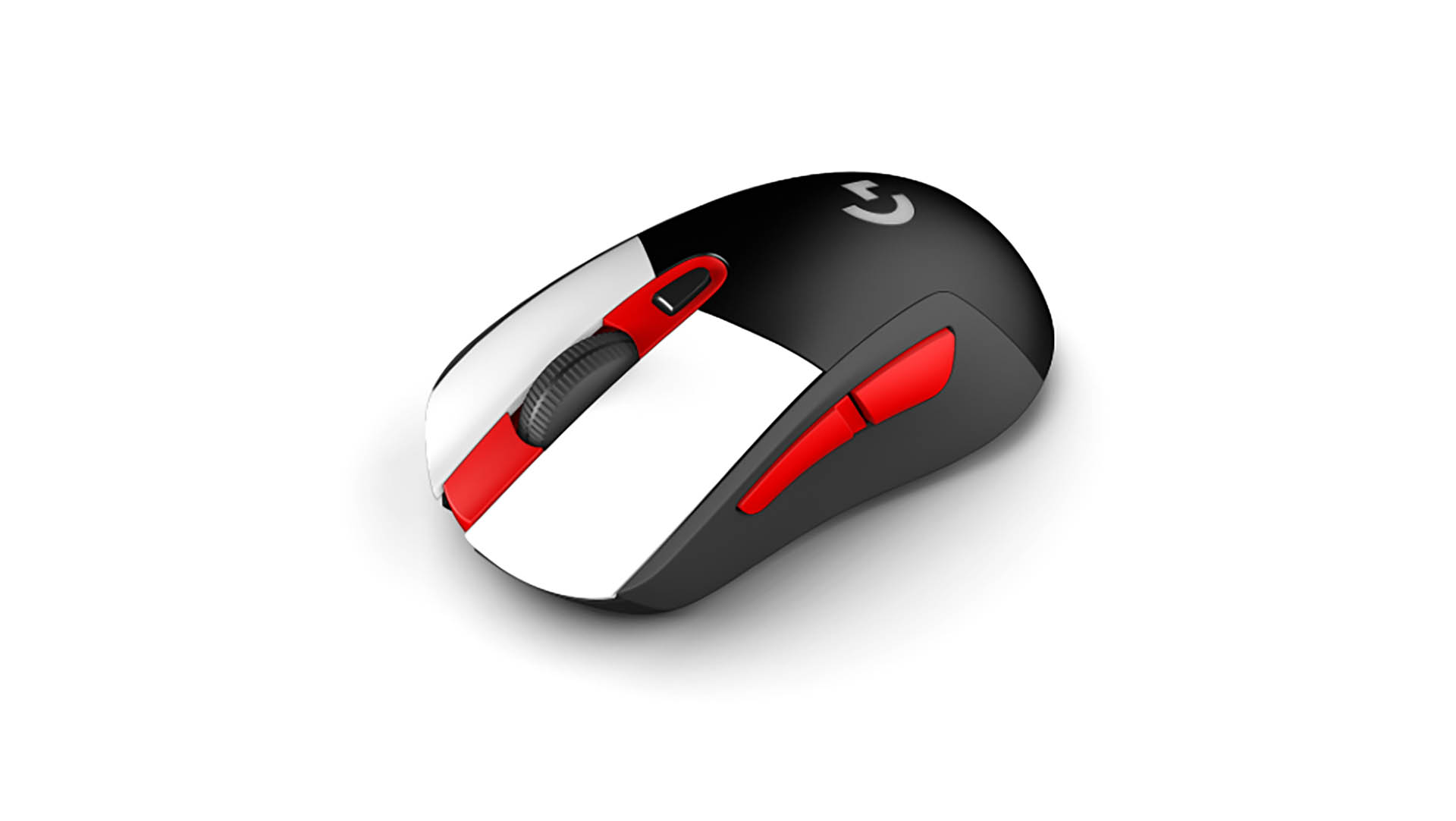Our Verdict
An immense headset with an equally incredible feature set. Well-made with crisp audio and some intriguing vibrations, the Kraken V3 Hypersense is well worth a try.
For
- Great audio
- Solid design
- Classy looks
Against
- HyperSense a bit of a novelty
- Regular Kraken V3 offers most of the same package
PC Gamer's got your back
Having your headset vibrate whilst you’re deep in a game of COD: Vanguard isn’t probably the first point on your list when you’re looking for a new gaming headset, but fear not rumbling headset fans, Razer has answered your calls with the Kraken V3 HyperSense.
Strangely enough, the principle of haptic feedback may not actually seem as odd as first anticipated when packed into a headset like Razer’s latest. It’s meant to add an extra layer of immersion through the form of some interesting vibrations alongside in-game audio, and that goes for every single point. For FPS games for instance, it doesn’t matter if you’re in the menus or firing aimlessly at enemies, haptic feedback will be enabled and chug along in the background.
I found the haptic response to add a certain degree of immersion to games.
Your mileage will vary, but in my testing I found the haptic response to add a certain degree of immersion to games, especially with that low-frequency rumble paying dividends in a few rounds of CS:GO. The haptics did also get themselves involved with menu music or with the sound effects when you’re selecting a weapon, which was a little off putting at times, but overall, did ultimately make the experience feel a little more realistic.
It was the experience of having haptic feedback when listening to music that was most intriguing, though. The low-end rumbles seem to work best on heavy hitters or tracks with prominent basslines like Porcupine Tree’s Blackest Eyes, or Chic’s Good Times, for instance. However, whilst cool, the algorithm the haptic feedback relies on wasn’t correct in either adding enough vibration or overegging it on some songs; Rush’s YYZ for instance lacked a distinct bassy punch where it was needed.

Frequency response: 20Hz - 20,000Hz
Drivers: 50mm Razer TriForce Titanium
Microphone: Razer HyperClear Cardioid
Connection: USB Type-A
Weight: 339g (0.75lbs)
Price: $130 | £130 | $225 AUD
Perhaps HyperSense is a little bit of a gimmick after all and more of a novelty addition than a serious game-changing element on the Kraken V3. In my testing, I used it in a few rounds of CS:GO, listened to a good few different songs, and then decided to turn it off. Whilst it is a cool addition and does make things more realistic, the novelty can wear off a little quickly. Turning HyperSense off leaves you with the standard Kraken V3 which is itself a fantastic gaming headset, even without haptic feedback.
When it comes to the actual audio, Razer have got themselves a decent pair of headphones with the Kraken V3 HyperSense. The audio is crisp and clear with nice balance and doesn’t offer the same crunch and emphasis on the bass as other headsets, even with haptic feedback enabled.

As for the mic, the Kraken V3 HyperSense’s features Razer’s crystal-clear comms and is nicely flexible for when you need to move it out the way. It’s also detachable, which is handy for both storage and if you want to simply use the Kraken V3 HyperSense as a pair of headphones as opposed to a bona fide headset.
Of course, another key in making sure immersion is maximised is how comfortable the headset is, and how good their passive noise isolation is. Well, in short, the Kraken V3 HyperSense is super comfortable, and its passive noise isolation is certainly commendable.

There’re voluminous levels of padding, ranging from breathable memory foam on the headband to some plush leatherette ear cushions that all help to both make this great for lengthy gaming sessions and also to block out some unwanted noise. Of course, you aren’t getting proper active noise cancellation (ANC) here, but for passive isolation, there aren’t many headsets better in my view.
The overall looks of the Kraken V3 HyperSense is a little more professional than some other gaming headsets out there with a nice blend of metals and plastics used in its composition. There’s no doubt it’s a well-made headset, although that’s perhaps expected given the $130 (£130, $225 AUD) or so asking price.


Best gaming mouse: the top rodents for gaming
Best gaming keyboard: your PC's best friend...
Best gaming headset: don't ignore in-game audio
For Razer, the RGB lighting may also seem subdued. It’s present on either earcup in the form of a lit-up encircled Razer logo and looks classy and vibrant, although having RGB lighting on a device like this when you won’t be able to see it whilst it’s in use may be a little pointless to some.
Full integration with Razer’s Synapse software is also present with the Kraken V3 HyperSense so you can control the RGB lighting with a handful of presets, alongside fiddling with the EQ settings to make everything all balanced up and enabling THX Spatial Audio that, when combined with HyperSense tech, does make for a formidable listening experience.
The Kraken V3 HyperSense is a marvellous headset and represents quite the intriguing addition to Razer’s long-running Kraken line. Its haptic feedback does add an extra layer of immersion but at times feels more of a novelty than a hard and fast feature, which in turn limits its overall impact. There’s also some suave looks, great build quality and clear, premium audio to account for, but you’re perhaps better off with the standard Kraken V3 to both save yourself a bit of money and a potential novelty.
An immense headset with an equally incredible feature set. Well-made with crisp audio and some intriguing vibrations, the Kraken V3 Hypersense is well worth a try.

Reece Bithrey is a freelance journalist with credits in Trusted Reviews, Digital Foundry, PC Gamer, TechRadar, PCGamesN, and Custom PC magazine reviewing all sorts of computing gubbins, including keyboards, mice, laptops, and more. He also has his own blog, UNTITLED, has bylines for WatchGecko's online magazine, and graduated from the University of Leeds with a degree in International History and Politics in 2023. When not writing, you'll usually find him bellowing at virtual footballers on Football Manager or tinkering with mechanical keyboards.


